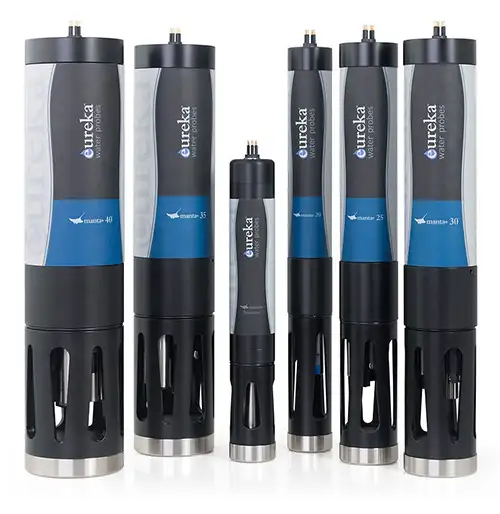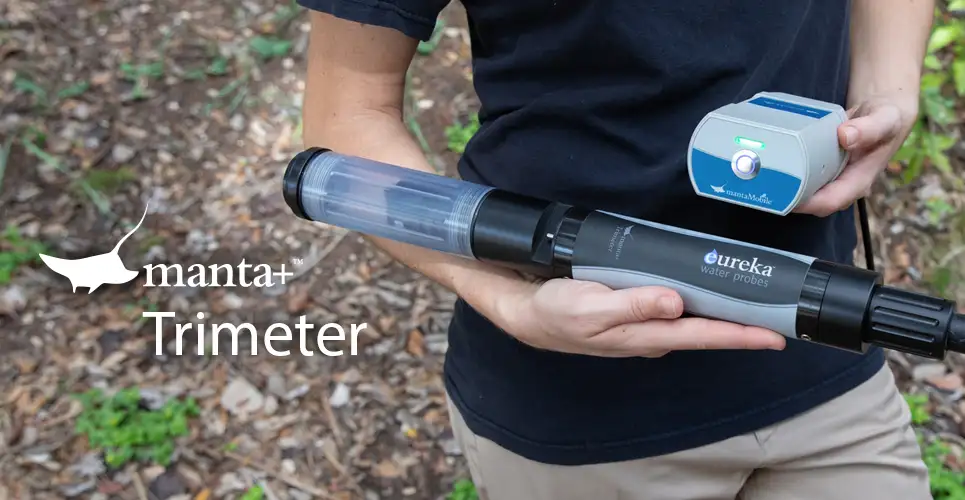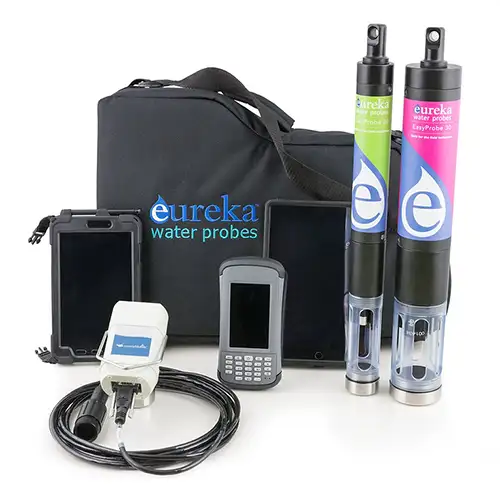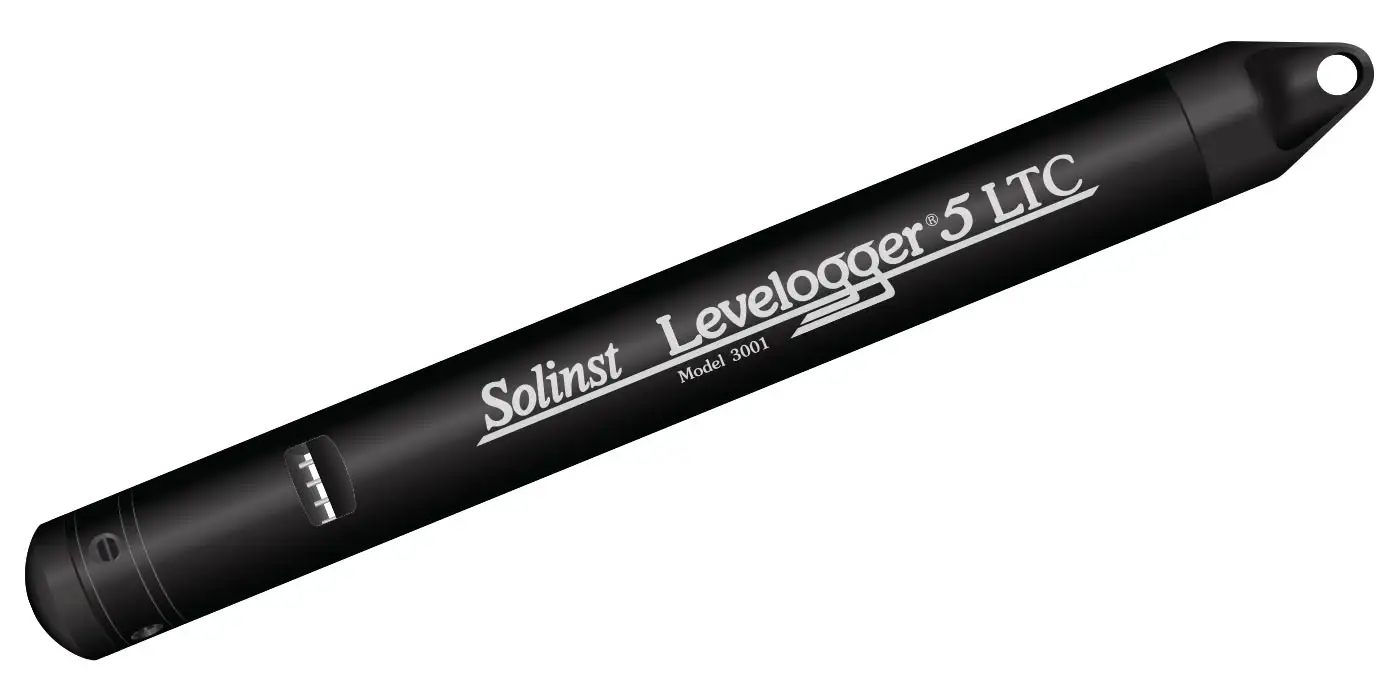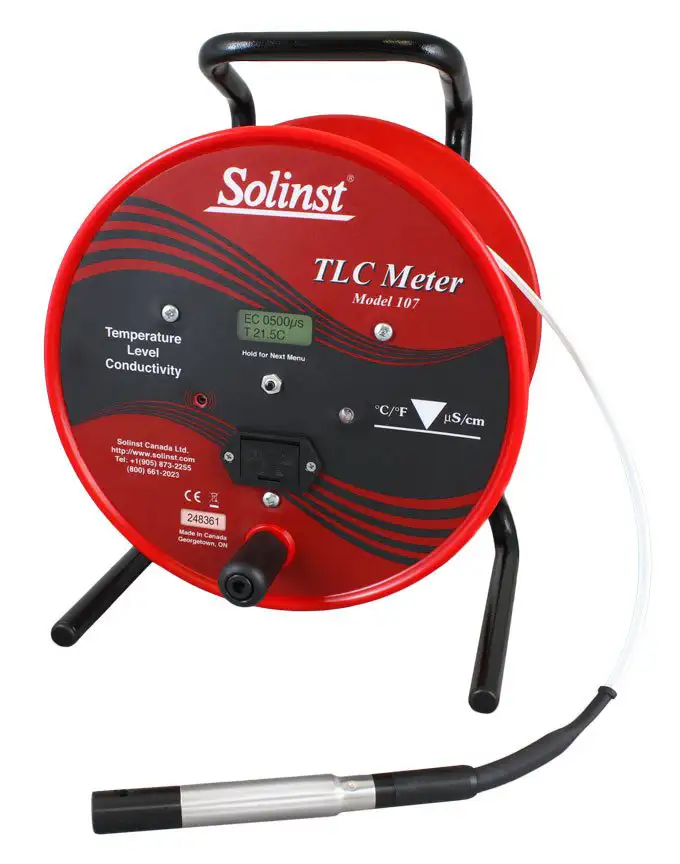ISE’s Ion Selective Electrodes
Solinst Eureka
2113 Wells Branch Pkwy, Suite 4400
Austin, TX, USA
78728
Tel: +1 512-302-4333
Fax: +1 512-251-6842
email: [email protected]
Water Quality Probes
Solinst Eureka, a global leader in the design and manufacture of multiparameter water quality sondes.
Solinst Field Services
Safeguard your project’s success and mitigate any potential for downtime or additional costs.
Why would I want to measure specific ions?
Ion-Selective Electrodes (ISE’s) are a class of sensors that respond to the presence of specific ions, such as sodium (Na+) or bromide (Br). They are used in conjunction with a reference electrode, and report ion concentrations in mg/L.
The most common ISE’s measure ammonium (NH4+), nitrate (NO3-), or chloride (Cl-). Ammonium and nitrate are important because they are indicators of nitrogen-based nutrients. They are often used to detect contamination by wastewater treatment plants or agricultural activities. Chloride measurements are often used as indicators of contamination by sea water or other contamination sources containing chloride levels higher than expected in natural waters. There are roughly 30 other ISE’s available; some work better than others.
Changes in long-term, specific-ion trends can signal the need for more detailed chemical study of the water and its contamination sources.
How are specific ions measured?
There are two types of ISE’s. The “solid-state” ISE’s are constructed of a solid billet of material. An example is the chloride sensor, which is little more than a small piece of silver. Different chloride ion concentrations produce different voltage potentials at the surface of the silver, and these voltages are measured using the same reference electrode as a pH sensor.
The “liquid membrane” ISE’s are constructed of a thin, polymer membrane covering an electrolyte that contains an electrode wire. The membrane is “doped” with various materials that respond to the presence of specific ions, again by creating a voltage potential related to the concentration of the ion. And as with the solid-state ISE’s, these voltages are measured using the same reference electrode as a pH sensor.
Unfortunately, many specific-ion sensors are not particularly specific. Ammonium ISE’s, for instance, suffer interference from ions having similar size and charge (+1). Potassium is a minor (usually) interferent in fresh water, but in sea water, sodium ions often cause a false reading up to 12 mg/l-N ammonium even if there is no ammonium present.
For this reason, ammonium and nitrate sensors do not work in sea water.
Some ionic species are influenced by the pH of the sample water. Ammonium, for instance, converts into ammonia gas (NH3) at high pH (the pKa for ammoniumammonia is 9.3). This phenomenon is not related to ISE operation, but by measuring ammonium with an ISE and measuring pH, you can calculate the ammonia concentration, and total ammonia (ammonium plus ammonia) in units of mg/L-N (that’s mg/l of nitrogen whether in the form of ammonium or ammonia). This is convenient when operating at high pH where there is likely to be both ammonia and ammonium species present.
ISE’s are easy to calibrate unless you want to do it right. That involves a fourpoint calibration for higher accuracy – two concentrations at two temperatures. Most people choose instead to calibrate with two concentrations at a temperature near that expected for the actual measurements. Follow the instrument’s instructions. Calibration standards are available for many different concentrations.
Most ISE’s screw into a receiver with a simple o-ring seal. This makes it easy to change the sensor tips when their lifetime has been exhausted. Rev – 9.20 Please see below, “The Difference between Activity and Concentration when Calibrating Ion-Selective Electrodes” to understand how calibration standards are used.
What should I know about ISE measurement in the field?
ISE’s tend to drift far out of accuracy specification before they can accumulate fouling. Each user must assess the performance of an ISE in particular situations to determine how long an ISE can operate before exceeding a desired accuracy range. It’s best not to let your ISE dry out, so place a small amount of tap water in the sensor storage cup to ensure 100% humidity.
Note:
All liquid-junction ISE’s have a life of about six months. Any ISE replaceable tip older than six months should be replaced.

ISE Ion-Selective Electrodes for Water Quality Sondes
Range / Units
- Ammonium 0 to 100mg/I as nitrogen
- Nitrate 0 to 100mg/I as nitrogen
- Chloride 0.5 to 18,000 mg/I
- Sodium 0.05 to 20,000 mg/I
- Calcium 0 to 40,000 mg/I
- Bromide 0 to 80,000 mg/I
Accuracy
- ±10% of reading or 2 mg/L w.i.g.
Resolution
- 0.1
Calibration
- two point
Maintenance
- cleaning, periodic replacement of sensor tips
Sensor Life
- six months
Sensor type
- liquid or solid membrane
How does Solinst Eureka’s ISE measurements compare with others?
Because all manufacturers use similar basic sensor mechanisms, there is not a great deal of difference between the ISE sensors on the market. However, Solinst Eureka’s flowing-junction reference electrode provides better long-term stability than gelled-electrolyte reference electrode.
The Difference between Activity and Concentration when Calibrating Ion-Selective Electrodes 24 March 2010 The reference electrode is easily rejuvenated by unscrewing the tip, filling the sensor with fresh electrolyte, and screwing the tip back into place.
Simplified Explanation
ISE Ion Selective Electrodes
The more ions trying to move around in a water solution, the more they get in each other’s way and so decrease all the ionic “activity”. An ion-selective electrode (ISE) measures an ion’s activity, which is always lower than the ion’s real concentration. The number on the bottle of an ISE calibration solution is the activity of the specified ion. When you calibrate an ISE, you have to type in that activity number because the Manta knows the ISE isn’t smart enough to give a concentration number. Then the much-smarter Manta uses the solution’s conductivity reading to estimate how much it needs to boost the ISE’s activity reading to produce a concentration reading. That’s why the reading immediately after calibration is higher than the calibration number you had just typed in.
Ionic Concentration
If you stir 0.05 milligrams (mg) of table salt (sodium chloride, NaCl) into 1 liter of pure water, then clearly you have a concentration of 0.05 mg/liter of NaCl. But what is the chloride concentration? We know that sodium and chlorine have molecular weights of 11 and 17 respectively. So:
- 17 / (11 + 17) = 61%, meaning that the chloride ion makes up 61% of the weight of NaCl
- 61% (0.05 mg/l) = 0.03 mg/l, meaning that the chloride ion concentration in your solution is 0.03 mg/l (and we can assume that the sodium ion makes up 0.02 mg/l, in case anyone asks)
Standard analytical chemistry methods can be used to confirm the chloride concentration.
Related Products
Manta Series Water Quality Probes
Solinst Eureka offers the largest selection of water quality sensor technologies in the industry. So in addition to standard configurations, each probe may be customized for your specific application. Pick sensors of your choice to fully populate larger probes, or add a battery pack to convert a probe to a logging device.
Manta Trimeter Water Quality Probe
The Trimeter holds any one sensor* from the Sensor Parameters list, Plus temperature and depth sensors (both are optional). For example, a Trimeter configuration could be turbidity, temperature, and depth. Another example could be DO and temperature.
EasyProbe: Water Quality Sondes
The EasyProbe, by Solinst Eureka, is a high-performance, cost-effective water quality monitor. It's ideal for spot-checking, remote telemetry, education, research, aquaculture, and more. The EasyProbe20 includes sensors for temperature, dissolved oxygen, conductivity, and pH, while the EasyProbe30 adds a turbidity sensor. Eureka multiprobes are known for their reliability, with a three-year warranty covering all sensors, and have the lowest maintenance costs in the industry.
Water Level, Temperature & Conductivity Datalogging
The Levelogger 5 LTC measures and logs water level fluctuations, temperature and conductivity. It is programmed to record at intervals as often as 2 seconds. It includes an 8-year battery, memory for 100,000 sets of readings, and comes in 6 pressure ranges. A PFAS-free coating (inside and out) provides superior corrosion and abrasion resistance.
TLC Meter – Measure Accurate Temperature, Level & Conductivity
A TLC Meter provides accurate, stable temperature and conductivity measurements, displayed on a convenient LCD display for easy reading. Static water level and depth of readings are read off Solinst flat tape, which is precisely laser-marked every mm or 1/100 ft. Tape lengths are available to 300 m (1000 ft).

